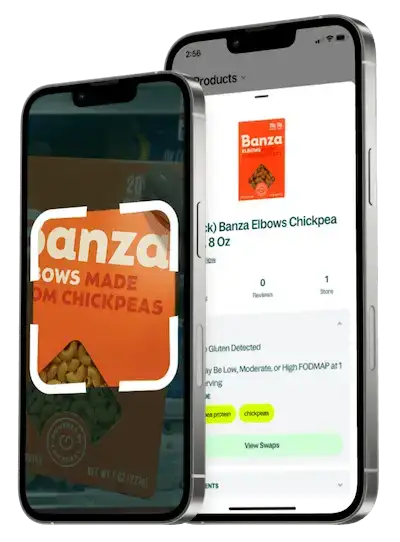Is Jongga Kimchi Gluten Free?

Description
Tangy, moderately spicy and savory, with pronounced fermented brightness, it offers crisp, crunchy leaves and soft, juicy texture. Commonly used as a chilled side dish, condiment for rice or noodles, stir‑fry addition, or ingredient in stews and pancakes. Reviews note consistent flavor and packaging; some cite stronger heat or salt.

Description
Tangy, moderately spicy and savory, with pronounced fermented brightness, it offers crisp, crunchy leaves and soft, juicy texture. Commonly used as a chilled side dish, condiment for rice or noodles, stir‑fry addition, or ingredient in stews and pancakes. Reviews note consistent flavor and packaging; some cite stronger heat or salt.
Ingredients
Potassium, Napa cabbage, radish, rice paste (water, rice powder), kelp base sauce (kelp extract, sorbitol), red pepper powder, garlic, fermented anchovy sauce (anchovy, salt), salt, Korean leek, onion, chives, fermented shrimp sauce (shrimp, salt), lactic acid bacteria, ginger. Contains fish (anchovy), shrimp.
What is a Gluten Free diet?
A gluten-free diet excludes all foods containing gluten, a protein found in wheat, barley, rye, and their derivatives. It's essential for people with celiac disease, gluten intolerance, or wheat allergy, as consuming gluten can trigger inflammation and digestive issues. Common gluten-containing foods include bread, pasta, cereals, and baked goods, though many gluten-free alternatives now exist using rice, corn, or almond flour. Beyond medical necessity, some people choose a gluten-free lifestyle for perceived health benefits, though experts emphasize the importance of maintaining a balanced diet rich in fiber, vitamins, and minerals when eliminating gluten-containing grains.
Similar Products
SPICY KIMCHI RICE RAMEN NOODLE SOUP FREEZE-DRIED CHUNKY VEGGIES, SPICY KIMCHI RICE RAMEN
CLASSIC KIMCHI WITH GARLIC, GREENS, & RED PEPPER, GARLIC, GREENS, & RED PEPPER
Nasoya Kimchi Korean Spicy Gluten Free - 14 Oz
Mother In Law's Kimchi, Paste Gochujang, 10 Ounce
Nongshim Kimchi Spicy Red Chili Ramyun Ramen Noodle Soup Pack, 4.2oz X 4 Count, Shelf-Stable


